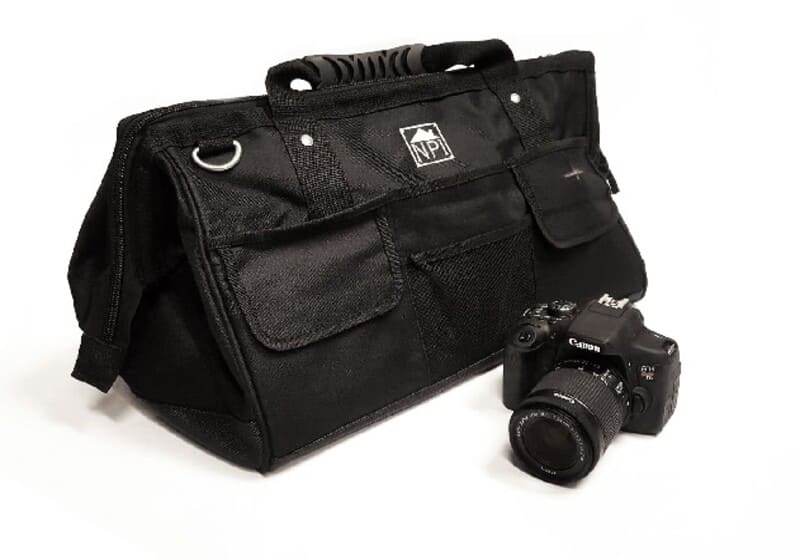By Jon McCreath, Technical Supervisor & Training Administrator
A picture is worth a thousand words. We’ve all heard this before, but it’s especially true in the field of property inspection. Not only does top-notch photographic documentation of a home or commercial property provide value to your client, but it also protects you and your business from potential litigation. As we dive deeper into this topic, we’ll see that taking plenty of photos on an inspection isn’t just for your customers’ benefit—this best practice also serves as evidence of your job well done.
In addition to photos of obvious (or not so obvious) defects, here are the three types of photos you should focus on during your inspections to optimize your process and protect your business and reputation.
1. Areas Without Defects
As inspectors we pay a lot of attention to defects in homes, but it’s equally important to document areas without defects. The reason might not be immediately clear. While photos of non-defect areas won’t necessarily end up in your report, they can be incredibly valuable as a visual record of the condition of the home on the day of the inspection. If you don’t have a thorough visual record of the home to refer to, it becomes very difficult, if not impossible, to prove that you didn’t miss defects that happened after the inspection.
Case In Point: During one particular inspection, pictures were taken that showed a dry basement with no signs of water intrusion. After the buyers moved in, they discovered water leaching through the walls, with more water coming in when it rained. The photos the inspector took proved that the basement was dry on the day of the inspection. Eventually a de-watering system had to be installed in this house for $6,500—an expense the inspector avoided having to claim on his insurance because of his photos.
2. Concealed Areas
Since Industry Standards of Practice dictate that we perform visual, non-invasive inspections, it’s important to document areas where things like furniture, moving boxes or other items could potentially be concealing defects. If you can prove through photographs that an area was stacked with items making it impossible for you to see a defect found after the items were moved, you’ll greatly reduce your liability against frivolous claims.
Case In Point: Photos taken during an inspection showed heavy throw rugs, carpeting and lots of furniture covering the floor slab of a house. There were no indications anywhere else of potential issues with the slab-on-grade foundation system. The sellers moved out of the home taking their possessions with them, which revealed severe structural damage to the floor slab. Whether the furniture, carpeting and rugs were deliberately staged to hide the damage is up for debate, but the inspector was found not to be liable based on the photos he’d taken during the inspection.
3. Inaccessible Areas
If you encounter an area that you physically can’t enter, whether it’s a locked room, a crawl space access panel that’s been nailed shut (believe us, this is more common than you’d think) or a steep roof that’s unsafe to walk on, don’t just skip past it. Taking a quick photo and documenting the obstruction in your report can save you a lot of hassle in case there’s a defect you can’t observe in the area you can’t get to. This practice can also help you defend against meritless claims and avoid expensive litigation or insurance premium increases.
Case In Point: An inspection revealed an attic access panel that was sealed shut with screws—the inspector photographed the access panel and stated in his report that the attic could not be inspected as it was not accessible. Later it was revealed that the attic had suffered extensive fire damage, charring all the wood framing components and making these items structurally unsound. If the inspector had not documented the fact that the attic wasn’t inspected and why, he may have been held liable for overlooking this damage.
Making the Most of Your NPI Franchise
At National Property Inspections, Inc., we’re here to help your franchisees navigate the details of the home inspection business. If you have any questions about inspection or how to market your business, we want to hear from you! Drop us a line at marketing@npiweb.com or give us a call at (800) 333-9807.
If you want to know what it takes to start your own NPI franchise in your area, you can request a free, no-obligation info packet at npifranchise.com.



